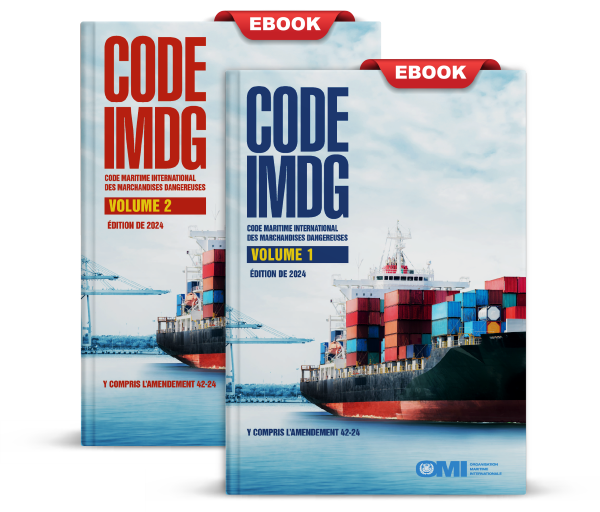IMDG Code 2024 Edition: Key Updates & Compliance Guide for Dangerous Goods Shipping

The International Maritime Dangerous Goods (IMDG) Code 2024 Edition, published by IMO, became mandatory on January 1, 2024. As the global standard for dangerous goods transport by sea, this latest version introduces significant changes across all 9 hazard classes. This professional guide analyzes the most impactful modifications across bulk cargo and packaged dangerous goods shipments.
1. IMSBC Code Amendments (07-23)
1.1 New Bulk Cargo Entries
Direct Reduced Iron (DRI) (D)
New entry for by-product fines (≥2% moisture)
Dual classification: Group A (liquefaction risk) & Group B (hydrogen generation)
Requires:
Continuous temperature/H₂ monitoring
Voyage planning to ensure ventilation capability
Onboard cargo technician for entire voyage
Pelletized Electric Arc Furnace Dust
Derived from scrap steel recycling
Contains 20-45% zinc, ≤3% lead
Classified as Group A & B
Special handling required for:
Toxic metal oxide fumes during fires
Alkaline reactions with water
Revised Fish Meal Entry
Now “Fish Meal (Fish Scrap), Stabilized with Antioxidant”
Aligns with IMDG Special Provision 308
Permits tocopherol as alternative to ethoxyquin
Celestine Concentrate
New entry in Appendix 1 “Concentrates” table
Submitted by Spain for this strontium mineral
2. IMDG Code Amendments (42-24)
2.1 New UN Numbers & Classifications
| UN Number | Description | Class |
|---|---|---|
| UN3551 | Organic electrolyte sodium-ion batteries | 9 |
| UN3552 | Sodium-ion batteries in equipment | 9 |
| UN3553 | Disilane | 2.1 |
| UN3554 | Gallium in manufactured articles | 8 |
| UN3556 | Lithium-ion battery-powered vehicles | 9 |
| UN3557 | Lithium-metal battery-powered vehicles | 9 |
| UN3558 | Sodium-ion battery-powered vehicles | 9 |
| UN3559 | Fire extinguisher dispersion devices | 9 |
| UN3560 | Tetramethylammonium hydroxide (≥25%) | 6.1 |
2.2 Marine Pollutants Clarification
Revised 2.10.2.7 for clearer interpretation
New Special Provision 375
Maintains existing 5L/5kg limits for small packaging
2.3 Carbon Product Revisions
UN1361 Carbon, animal/vegetable origin:
Removed SP925/SP223
New SP978 with strict requirements:
Minimum weathering period
1.5m stowage height limit
Maximum product temperature at packing
UN1362 Activated carbon:
Removed SP925/SP223
New SP979 exemptions for activated types
3. Operational Implementation
3.1 Documentation Changes
Stowage plans must now:
Identify all DG/MP positions
Show primary/secondary hazards
New certificate requirements for exempted materials
3.2 Devices in Transport
Revised 5.5.4 covers:
Data loggers
Tracking sensors
Monitoring equipment
Clarifies application of:
Marking requirements
Testing standards
Documentation rules
4. Compliance Action Plan
Immediate Actions:
Update SDS libraries with new UN numbers
Review all carbon product shipments
Train staff on marine pollutant limits
By Q3 2024:
Implement new bulk cargo procedures
Upgrade cargo monitoring systems
Validate e-DGD systems for new UN numbers
Ongoing:
Monitor IMO GISIS for clarifications
Conduct quarterly compliance audits
Maintain amendment tracking log
🔍 Verify SDS Compliance: ChemicalBook Database (external)
✉ Expert Guidance: Contact Our DG Specialists (internal)
5. Technical Resources
Recommended Tools:
IMO’s GISIS amendment tracker
ClassNK Rule Loader updates
DNV Hazardous Materials Database
Official Documents:
MSC.556(108) Full Text (external)
IMDG Code 2024 Errata (external)
